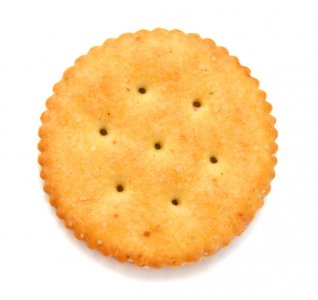In parts of the US,
supper and
dinner are used interchangeably to refer to the evening meal, but they’re not exactly synonyms.
What do these words mean?
Dinner, which dates back to the late 1200s, refers to the main meal of the day—historically, a meal served midday for many peoples.
The term comes from the Middle English
diner, which, via French, goes back to a Vulgar Latin word represented as
disjejunare, meaning “to break one’s fast.” The verb
dine also comes from this root.
Supper, in terms of word origins, is associated with the evening. It comes from an Old French word
souper, meaning “evening meal,” a noun based on a verb meaning “to eat or serve (a meal).” Fun fact: the word
soup, also entering English from French, is probably related. The deeper roots of
supper,
soup, and related words like
sup and
sop, appear to be from Germanic roots from way back when.
What time is dinner?
So if someone asks you over for
dinner, how do you know what time they expect you? The answer has changed over time as the ways people earn their living have changed.
Up until the mid-1800s,
dinner referred to a midday meal, while
supper served as a light evening meal for those needing additional nutrition after a hard day’s work.
In the medieval period, the hours of devotion influenced mealtime customs as well. Monks ate “nine hours after daybreak,” which translated roughly between noon and 3 p.m., according to
Food and Feast in Medieval England.
The noble classes used their dinner as a way to show off their wealth, parading their servants, plates of food, and fancy dishware. The lower classes ate at the same time but without the pomp and circumstance. Eating a heavy meal at this point in the day made sense; after all, there was no artificial lighting available at the time. Anything eaten in the evening was typically just a snack.
When did mealtime customs change?
The settlers who arrived in the US brought their customs, including a noontime dinner. Because theirs was an agrarian society, this meal remained the most important of the day until well into the 1900s.
In 1828,
Noah Webster’s Dictionary stated, “The dinner of fashionable people would be the
supper of rustics,” reflecting the prominence of
dinner as the term for a midday meal in some rural parts of the country.
While the 1945 edition of Emily Post’s
Etiquette described
dinner as a meal eaten either at midday or in the evening, by the 1960s, the guide refers to the midday meal as
lunch. While an agrarian class may prefer the noontime dinner, people who work in an office today opt for a heavier meal in the evening, when it can be shared with the entire family.
read more here...
https://www.dictionary.com/e/supper-vs-dinner/




